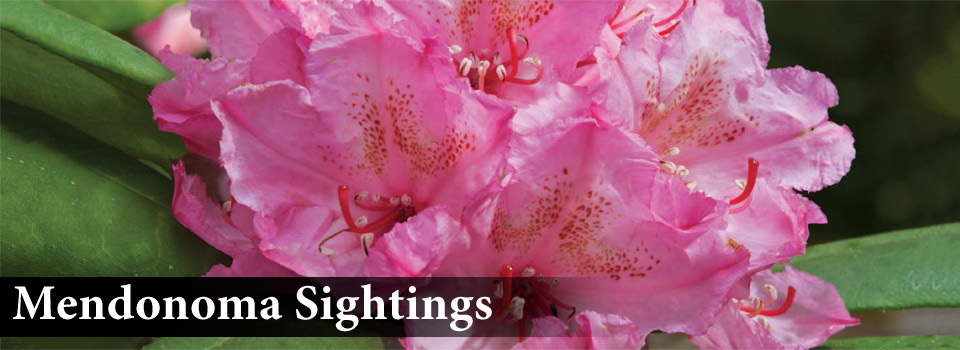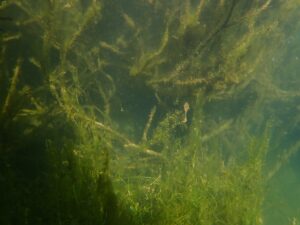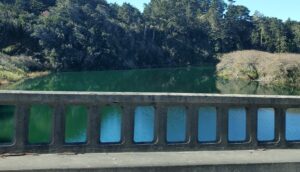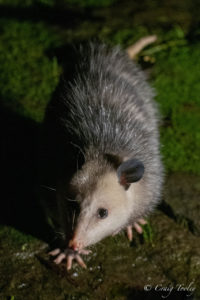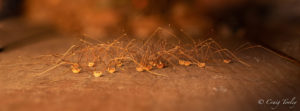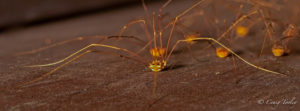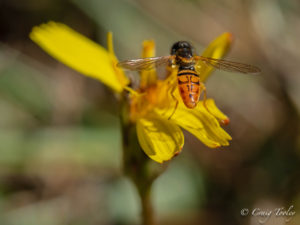Peter Baye wrote, "Here's the underwater fish-eye perspective on the Wigeongrass canopy, reaching up like a vine growing through submerged dead tree branches - which these are, mantled in green filamentous algae."
"The bubbles in the Wigeongrass are pure oxygen produced by the Wigeongrass leaves getting sunlight under water. They can actually saturate the water column with oxygen by day. May not be pretty to us, but the Gualala Roach and Steelhead juveniles love it!”
It will reach the surface in the lagoon soon. It’s not harmful; it’s beneficial. Watch for it!
Thanks to Peter for allowing me to share his photo with you here.
No wind today. There are some high clouds drifting by, and it's a nice, warm day on the Mendonoma Coast.
